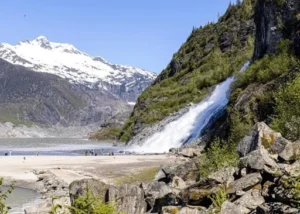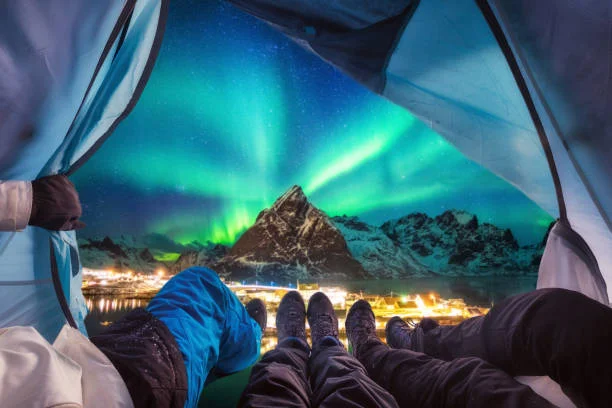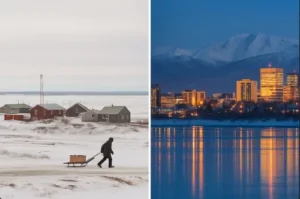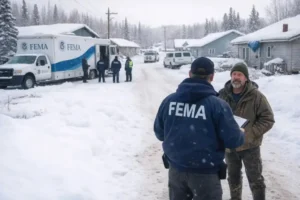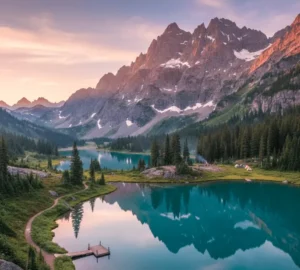Are you ready for an adventure of a lifetime? Camping under the Northern Lights is an experience to be remembered forever. This comprehensive guide will cover everything you need to know to plan an epic camping trip.
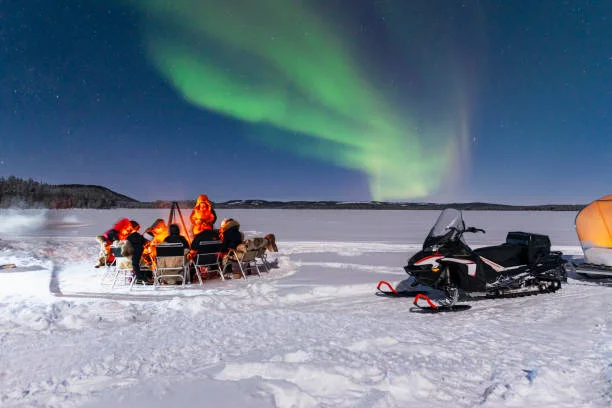
Best Time For Camping
These Lights are visible from September to April, with the best viewing times typically occurring between December and March. The nights are the longest and darkest during this period, providing optimal viewing conditions. Camping can be real-time fun and Adventure in these times.
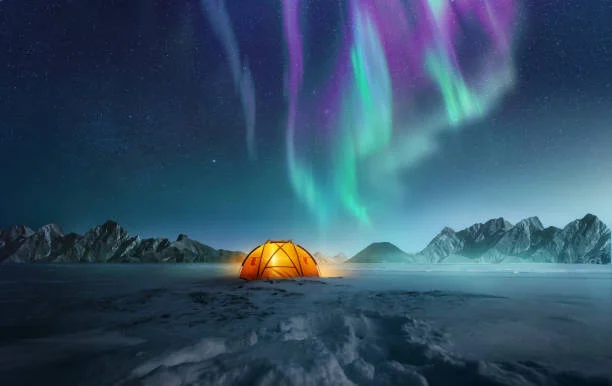
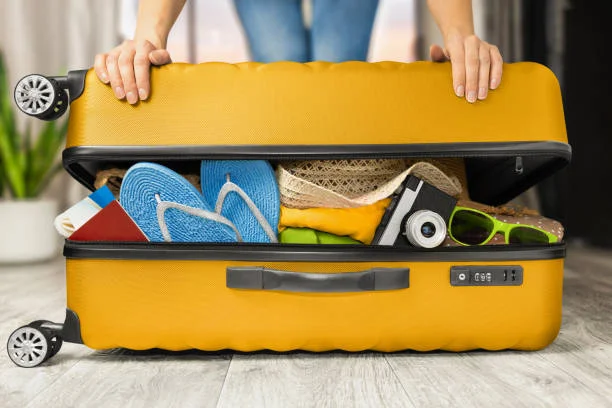
What to Pack for Camping?
Get yourself equipped with the following gear to enjoy your camping safely.

Clothing For Camping
- Warm and layered clothing
- Parka and insulated pants
- Warm hat and gloves
- Warm socks
- Insulated and waterproof boots
- Base layers (top and bottom)
- Insulating mid-layers (fleece, wool, or synthetic)
- Waterproof outer layers (jacket and pants)
- Warm sleepwear
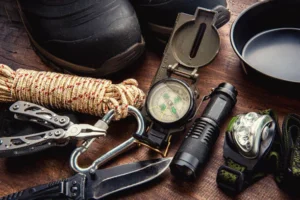
Camping Gear
- 4-season tent
- Insulated sleeping bag
- Sleeping pad
- Portable stove and fuel
- Camping lantern and extra batteries
- Camping stove and cooking pot
- Utensils and dishes
- Water bottles or hydration bladder
- Water purification tablets or filter (if needed)
- Trash bags
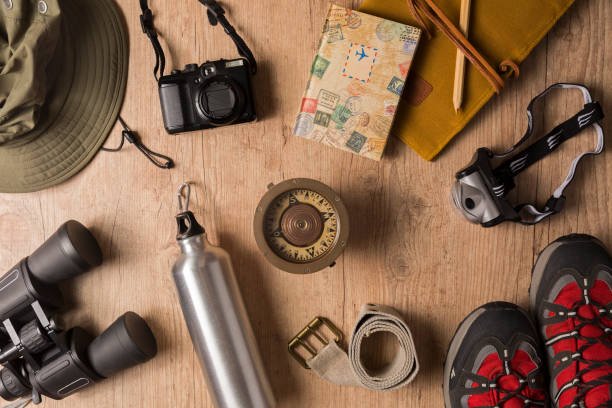
Northern Lights Viewing Gear
- Camera and tripod
- Binoculars
- Red light flashlight
- Extra batteries for the camera and flashlight
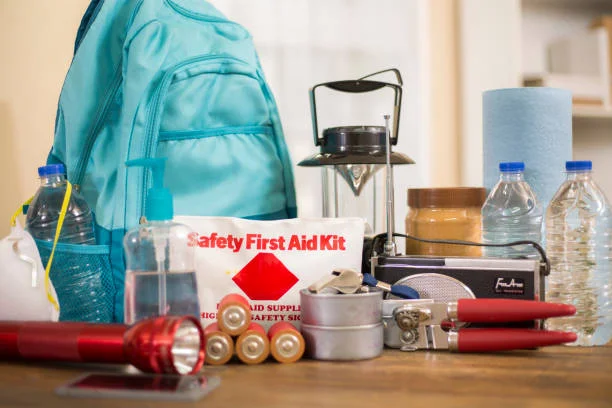
Safety and Emergency Gear For Camping
- First aid kit
- Bear spray
- Emergency shelter and warmth (space blanket and warm hat)
- Firestarter and tinder
- Personal locator beacon (PLB) or satellite phone (if necessary)
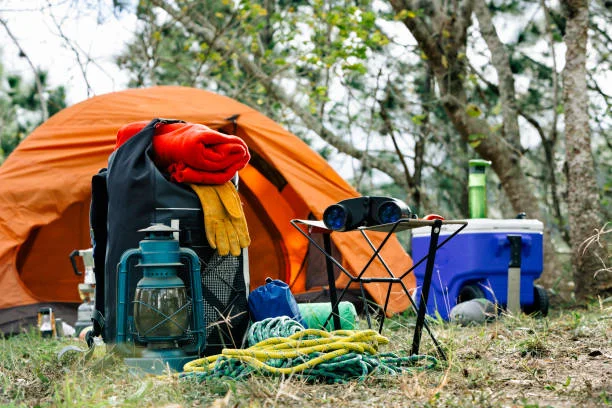
Miscellaneous Camping Item
- Toiletries (toothbrush, toothpaste, biodegradable soap, etc.)
- Food and water for the duration of your trip
- Map and compass
- Sunscreen and insect repellent
- Headlamp or flashlight
- Extra batteries for headlamp or flashlight
- Camp chair
- Camp shoes
- Bear-resistant food containers (if necessary)
- Guidebook and map of the area
Best Campsites
- Chena River State Recreation Area: Located near Fairbanks, this campsite offers stunning Northern Lights views and access to hiking trails and wildlife viewing.
- Denali National Park and Preserve: Camp amidst the stunning scenery of Denali National Park and witness the Northern Lights in all their glory.
- Coldfoot Camp: Located in the Brooks Range, Coldfoot Camp offers remote camping spots for the best views.
- Tolsona Wilderness Campground: Located near Glennallen, this campground offers stunning Northern Lights views and access to hiking trails and wildlife viewing.
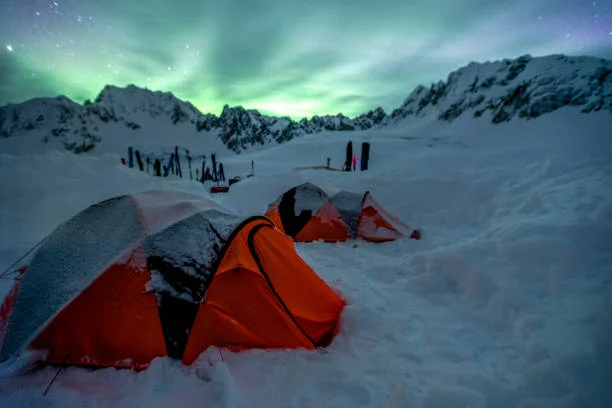
How to Get to Alaska for Camping
You can get there by these means for camping
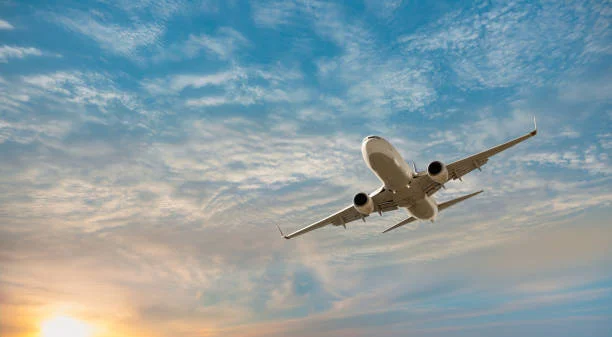
Fly to Fairbanks ✈:
Fly into Fairbanks International Airport (FAI) and then take a connecting flight to your desired destination.

Drive to Alaska🚗:
You can drive via the Alaska Highway, a scenic route that passes through Canada.
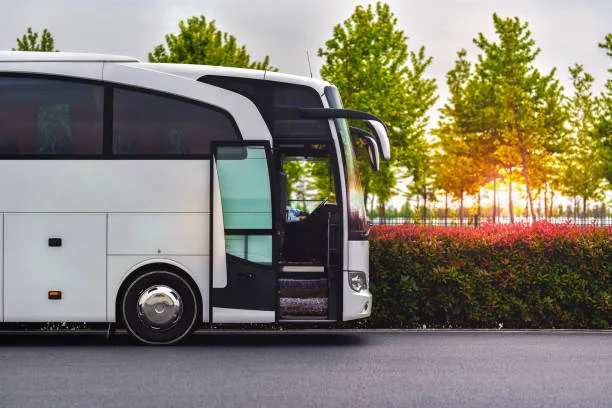
Take a shuttle or tour🚐:
Take a shuttle or tour from Fairbanks or Anchorage to your desired destination.
Northern Lights Camping tours⬇️
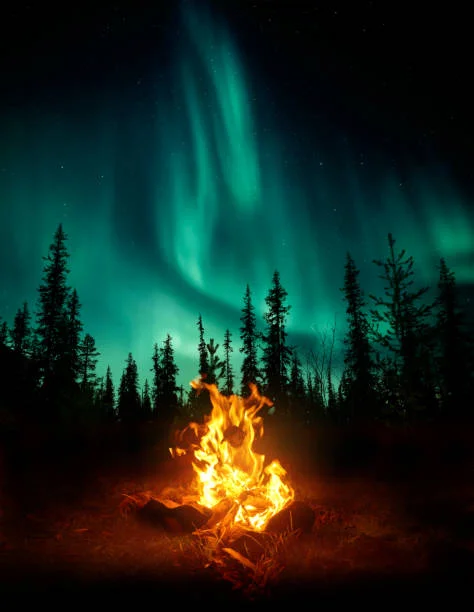
Camping tours are a good option for travelers, especially aged travelers. Two of the best options are mentioned below
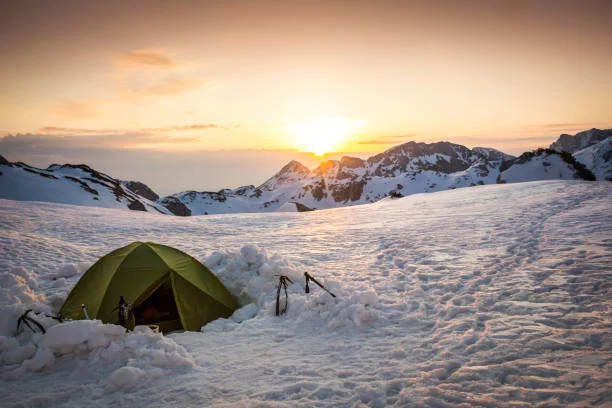
Borealis Basecamp Northern Lights Tour:
- Location: 2640 Himalaya Rd, Fairbanks, AK 99712
- Distance from Fairbanks: 25 miles, almost 45-60 minutes by car or shuttle.
- Accommodations: The basecamp features 28 igloo-style rooms and cubes for optimal aurora viewing. Each room includes big clear windows that allow guests to look at the night sky from the comfort of their beds.
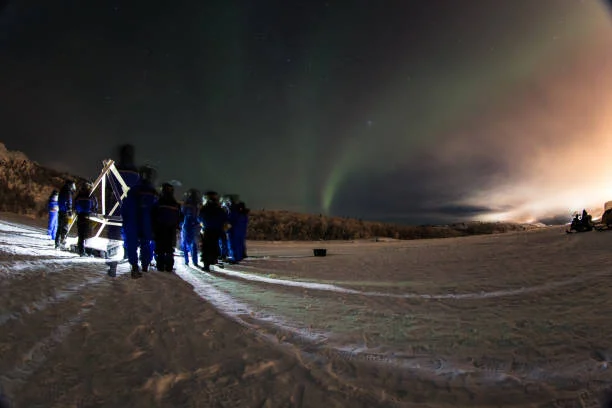
Chena Hot Springs Aurora Tour from Fairbanks:
- Destination: Chena Hot Springs Resort, located approximately 60 miles east of Fairbanks.
- Duration: The tour typically lasts about 9 to 11 hours, depending on the specific package and activities included.
- Pick-Up: Complimentary pick-up is provided from various hotels within Fairbanks and North Pole, usually starting between 4 PM and 5 PM
Conclusion
Camping under the Northern Lights is a once-in-a-lifetime experience. With the right gear, safety precautions, and knowledge of the best campsites, you’ll be well on your way to witnessing this breathtaking natural phenomenon.

